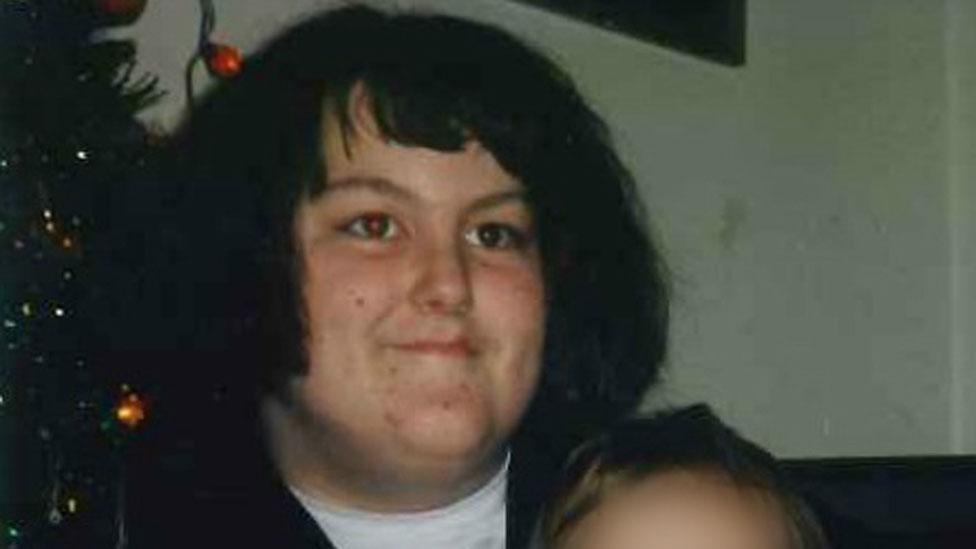Margaret Fleming 'invisible' at time of her murder
- Published
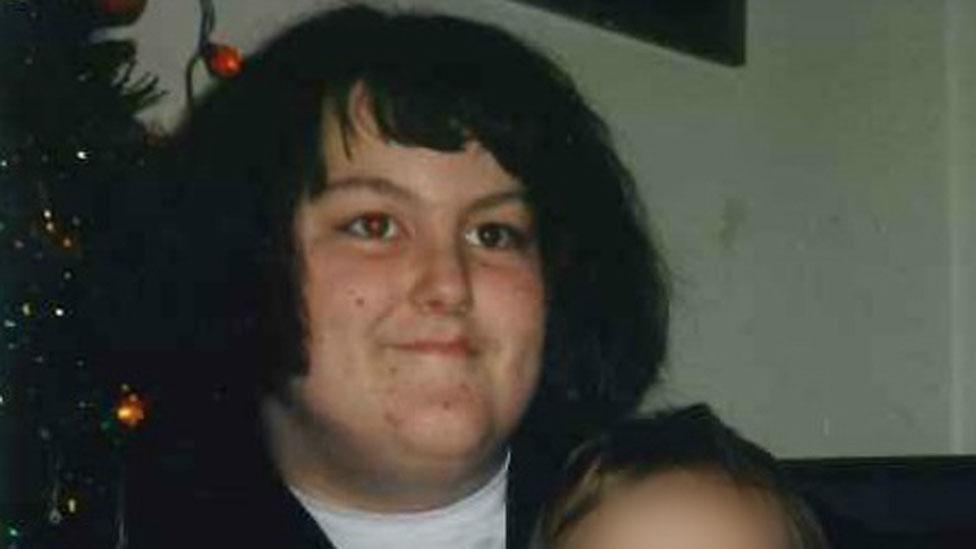
Margaret Fleming was 19 when she was last seen in December 1999
A vulnerable teenager was "invisible" at the time she was murdered by her carers, according to an independent inquiry.
The review warns what happened to Margaret Fleming in Inverclyde could happen in any part of Scotland.
It asks all local authorities to consider taking steps to ensure people with learning difficulties and autism were "not hidden in plain sight".
Margaret was 19 when she was killed and her death was covered up for 17 years.
Inverclyde's Adult Protection Committee commissioned the significant case review headed by Prof Jean MacLellan, who thanked Margaret's family for their "substantial contribution" to the review.
Publication of the report, external comes just days after the death in prison of Edward Cairney, 82. He was jailed in 2019 along with his partner Avril Jones for murdering Margaret in or around December 1999.
Her remains have never been found.
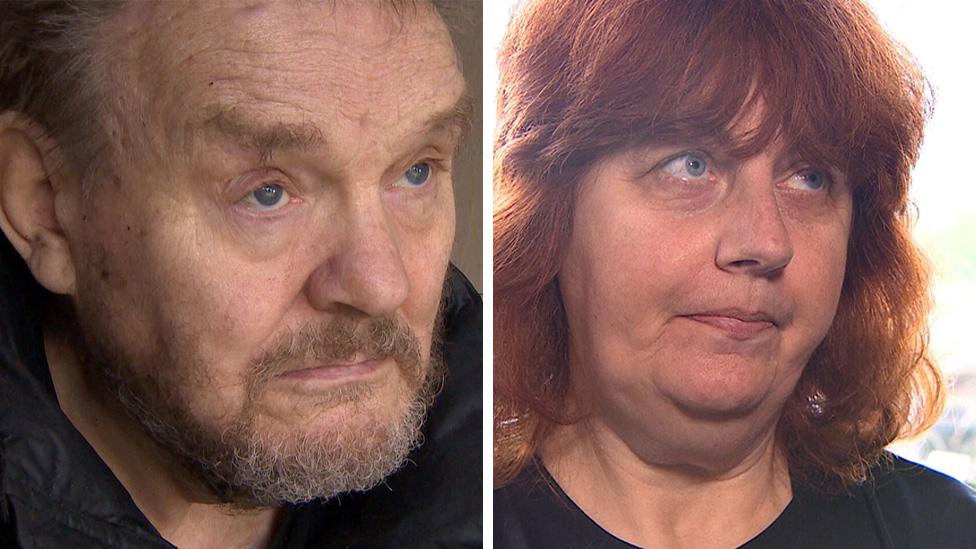
Edward Cairney and Avril Jones were jailed for Margaret Fleming's murder in 2019
The review said Margaret, who had learning difficulties, was invisible at the time of her death, and there was a "palpable sense of sadness and guilt" that she had died as she did.
It said Margaret was left isolated following the deaths of her father and paternal grandparents, and difficulties her mother faced keeping in contact with her. It said Cairney and Jones' home in Inverkip added to her isolation.
Her death was only exposed after suspicions were raised around a benefits claim made on her behalf by Jones in October 2016.
The review has made a number of recommendations on how the authorities monitor people with learning disabilities.
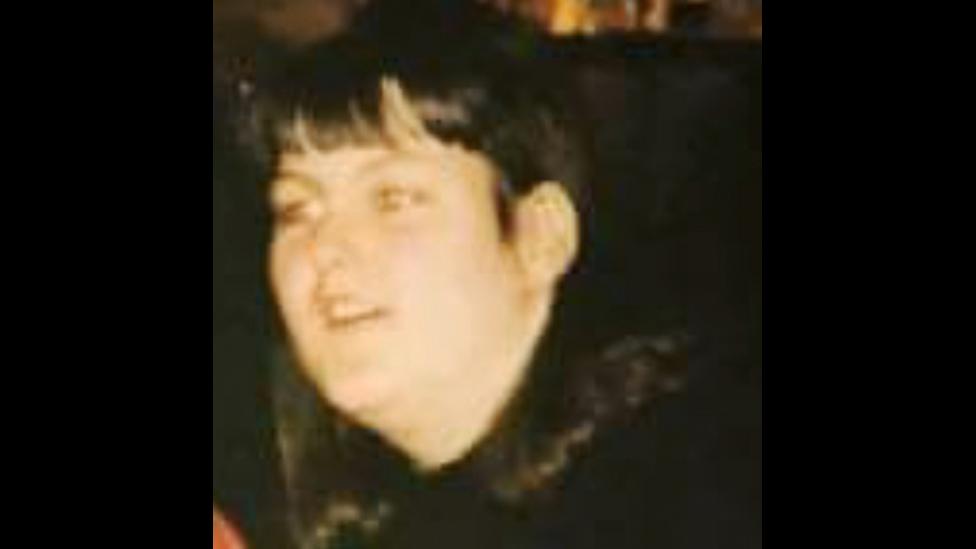
Margaret Fleming had learning difficulties
It warned: "What happened in Inverclyde could happen in any part of Scotland and so the work undertaken, findings and recommendations should be widely disseminated to improve understanding and to instigate necessary changes."
The review's authors said while there had been much improvement in recent years, further steps could be taken to prevent future harm.
It added: "It is recommended, therefore, that all chief officer groups consider commissioning an analysis of numbers of people with learning disabilities and autism in their area to ensure that all individuals are known and are not hidden in plain sight.
"This will require sensitive and proportionate data sharing."
It added there was some evidence people with autism "may be hidden and isolated in their communities".
The report said Inverclyde Council should consider remembering Margaret in a way that was respectful to her family.
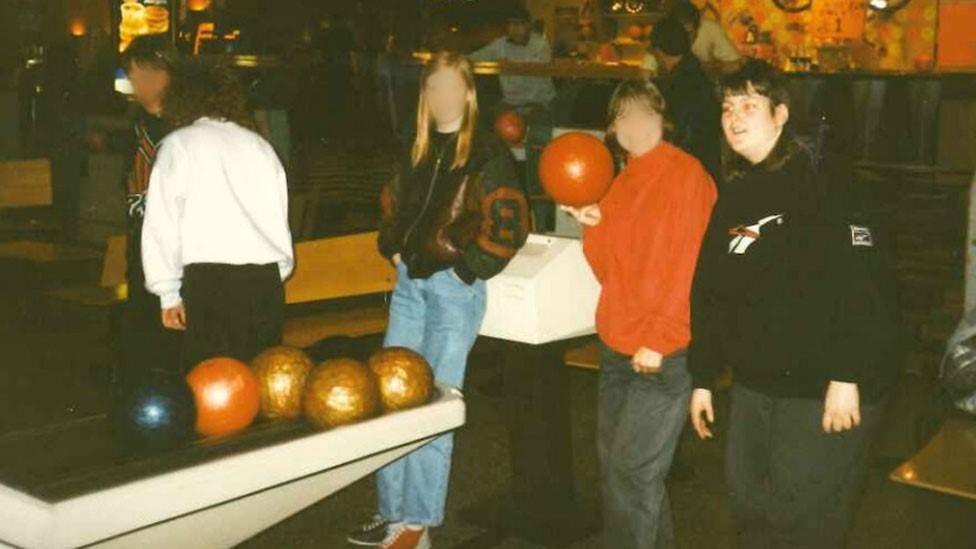
Margaret pictured on a college night out
Margaret went to live in Inverkip with Cairney and Jones - who had been friends of her father - after he died in 1995.
The last confirmed sighting of Margaret was in December 1999.
Jones continued to claim £182,000 in benefits until 2016 when it was finally established that Margaret was missing.
Her disappearance was so mysterious that at one point police asked Cairney and Jones if she even existed.
They concocted numerous stories including that Margaret ran off with a traveller, that she then went on to become a gangmaster who travelled around Europe, and that she was a drug dealer with several aliases.
A jury found the pair guilty of murdering Margaret within three weeks of her final sighting on 17 December 1999.
Alex Davidson, the independent chairman of adult protection committees for several councils, said: "This wide-ranging and in-depth review provides learning for all agencies involved in Margaret's life to ensure lessons are learned from the circumstances that led to her death and, as the title says, honours and remembers Margaret."
- Published17 October 2023
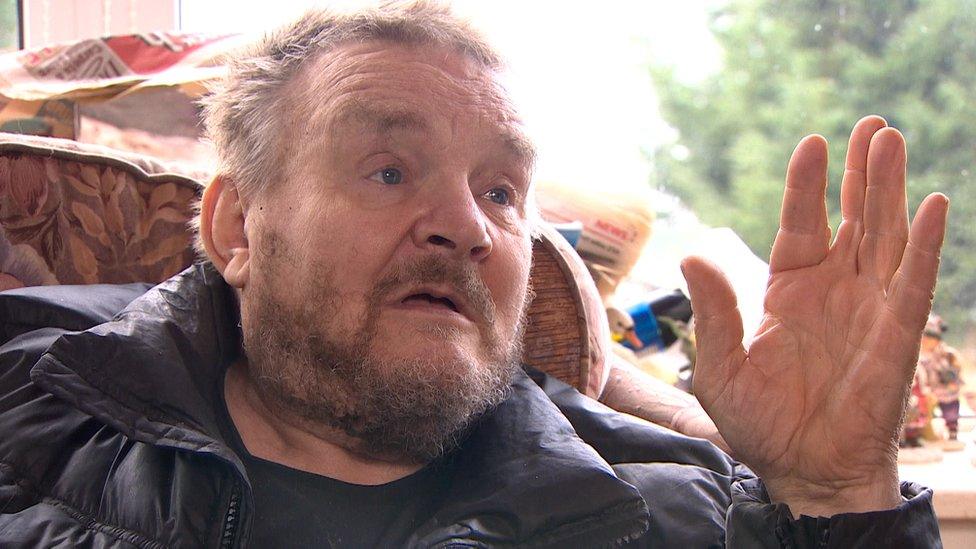
- Published17 October 2023

- Published7 March 2022
